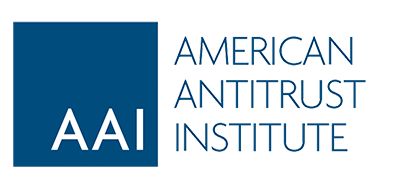On May 15, 2023, AAI filed an amicus brief in the Third Circuit in support of Appellants’ request for reconsideration or rehearing en banc in a case alleging brand and generic manufacturers of Niaspan, a lipid disorder treatment, engaged in an illegal pay-for-delay agreement. After a district court decision denied certification of a proposed class of health insurers and health plans, a Third Circuit panel affirmed. The panel cited the Third Circuit’s heightened “ascertainability” requirement, which requires an “administratively feasible mechanism” for identifying class members as well as an objective class definition. The Third Circuit’s administrative feasibility test is controversial and arguably grafts extra-legal requirements for class certification onto the requirements set forth in Rule 23. The Third Circuit test is at odds with several other Circuits that have rejected any “ascertainability” requirement.
In the brief, AAI identifies two grounds for reconsideration. First, the brief argues the Third Circuit panel erred by deviating from the practical approach to the “administrability” requirement that other Third Circuit decisions apply. Second, the brief notes that the Third Circuit failed to give due weight to the extensiveness of prescription drug data in considering whether a person or entity meets the class definition.
On the first issue, AAI identified that the Third Circuit panel incorrectly required a “systematic” approach that meant that Plaintiffs would need to identify a single set of data could “feasibly identify and filter out” entities that appear in the data and were not class members. AAI argued that this additional requirement created a bright line that does not exist in Third Circuit precedent, and the panel’s failure to apply the less demanding practical approach necessitates panel reconsideration or rehearing en banc.
Second, AAI argued that the Third Circuit panel failed to give sufficient weight to the extraordinary amount of data in the prescription drug industry and the ways that data could be used to identify class members in conjunction with the practical aims of the administrative feasibility requirement.
The brief was written by an AAI Board of Director Joshua Davis, with assistance from Scott Grzenczyk.


